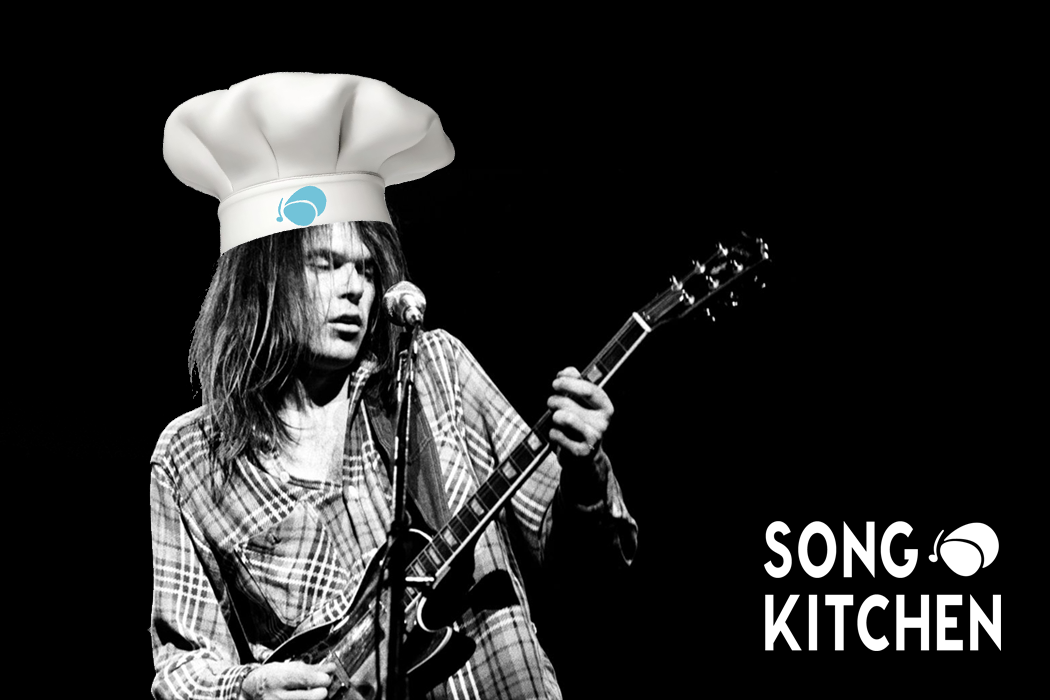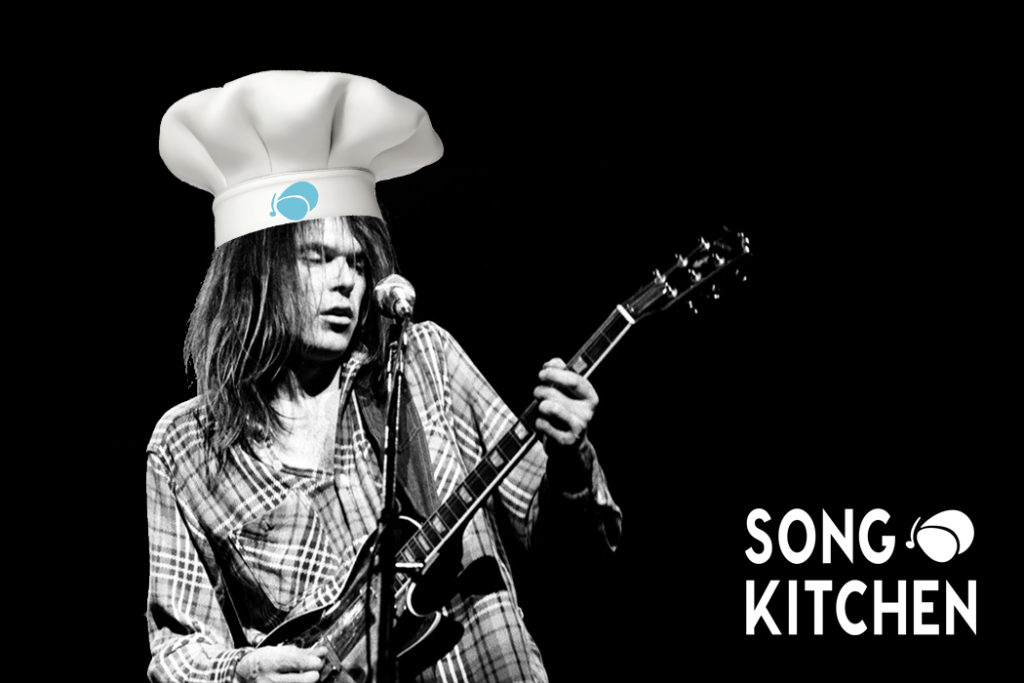
If you ever find yourself with a surplus of money and an itch to buy a massive ranch, boy have I got a story for you. Such were the circumstances in which Neil Young found himself in 1970, flush with cash from the recent success of Crosby, Stills, Nash & Young. As destiny would have it, that ranch came with an old couple who lived on the property and took care of the place. One day his ranch hand, Louis Avila, took him for a ride in his battered blue Jeep. As the two of them surveyed the land, Avila asked how a young hippie could afford to buy a place like that. As Young tells it, he replied, “Well, just lucky, Louie, just real lucky.” Not one to let the opportunity pass him by, Young wrote one of his most enduring songs for the old man, indubitably titled “Old Man”.
“Old Man” was recorded for the album Harvest at Quadrafonic Sound Studios in Nashville. While in town shooting a broadcast of The Johnny Cash Show, Young was invited to the studio for a meal. Like anyone in his position, Young was so impressed by the studio, and excited to record his newest batch of soul-stirring singsongs, he decided right then and there that Quadrafonic was the place to do it. All he needed was a band. Within the hour, a few local musicians who didn’t happen to have gigs that evening were rounded up, and thus the Stray Gators were born (so for anyone upset about not having a gig this weekend, don’t worry — fate may still be on your side…).
“Old Man” was recorded with the assistance of a couple of Neil Young’s buddies, James Taylor and Linda Rondstadt, on background vocals. Ever the overachiever, Taylor also came up with and performed the banjo part. Let’s take a look at the ingredients and instructions for brewing up a pot of vintage “Old Man,” just like ma used to make.
Find the ingredients to your favorite songs with the full Song Kitchen series!
Ingredients:
- An immediately identifiable, classic acoustic guitar part
- The luckiest band of unemployed musicians in Nashville
- James Taylor and Linda Ronstadt
- A hearty, but simple, low calorie groove
- A dash of banjo
- 2 teaspoons of pedal steel guitar
- Poignant, personally reflective subject matter mixed with brash lyrical abandon
- A generous helping of belted, memorable chorus vocals
Instructions:
Step 1: Immediately establish your thematic material.
Start by opening up the guitar part. Now, because this is a fresh guitar part, there’s no need for preparation. Just dive right into it and let the flavor do the work. Piano should be sprinkled in for harmonic support, and the vocal line is gonna sit on top perfectly here, setting the tone for the entire composition.
Step 2: Stir in the rhythm section.
Once you’ve established your basic themes, you’ll want to bring in the rest of your rhythm section. Toss the bass and drums in together to really establish the weight of the groove here. It’s a basic, no frills groove, but it packs a wallop and doesn’t require a ton of heat. The key elements are tone, vibe, and space. Cooking up a laid back slice of Americana like this takes patience, and the best chefs know that the destination is the journey, and not the other way around.
Step 3: Begin your verse.
Now that the rhythm section is finally working together, you’ve got yourself a base on which the remainder of the song can be built. Start your verse chord progression here, and layer in the vocals. This melody is pure Young, personal and raw, and you don’t want to cloud that.
Step 4: Kick it up a notch.
Alright, we’ve been at this for a little bit and now it’s time to turn up the heat. To establish the chorus, we’re gonna start by adding in the banjo. You’ll be seeing some residual motion from the drums, they’re definitely gonna react to the change in texture, but don’t back off — almost as soon as that banjo starts breaking down, the chorus vocals come in strong, right on top. This is when you’re going to want to introduce your pedal steel texture as well. Don’t be shy about how much Linda Ronstadt it takes to get the background vocals flaming hot, it may seem like a lot, but no one’s sent a song back to the kitchen for having too much Linda Ronstadt in their backgrounds.

Step 5: Back off on the burner.
It’s easy to miss, but at this point the drums and bass are going to be playing a lot more, so once the chorus is over, bring the dynamics of those two right back to where they had been at the start of the first verse. That’ll leave the essence of the chorus hanging in the air. With the pedal steel playing through the second verse, there’s some new and exciting tones to savor.
The fundamentals of this second verse are going to be the same, but now that you’ve got the pedal steel in, just be careful to keep the focus on the vocal melody, and let the auxiliary musical voices provide a comfortable bed for them. The second chorus will come and go just like the first one did, so repeat similar dynamic ideas from the bass, drums, piano, and steel guitar and you’ll have a solid, dependable jam.
Step 6: Restate the original theme and finish strong.
After your second chorus, cut the rhythm section completely. Reinstate the original thematic material and bring your bass and drums back in briefly for one final pass through groove. Once you’ve done that, you’re ready to turn off the burner, put this jam on a plate and enjoy over and over again!
TIP: Don’t skimp on the James Taylor and Linda Ronstadt.
The importance of these two ingredients can’t be overstated. While the song stands up just as well on its own without them, since you’ve got them in the studio, you might as well use them for their maximum vocal flavor enhancement, as well as their contribution to the arrangement. Don’t smother the recipe with them, but when used effectively and intentionally, they’re the perfect antidote to the boring mixes your mom used to pack in your school lunches.
Serve immediately or let sit for a few decades. This is a time-honored recipe, and if you use the proper ingredients, you’ll have a guaranteed hit that can last for years! Here’s a glimpse of the final product.




